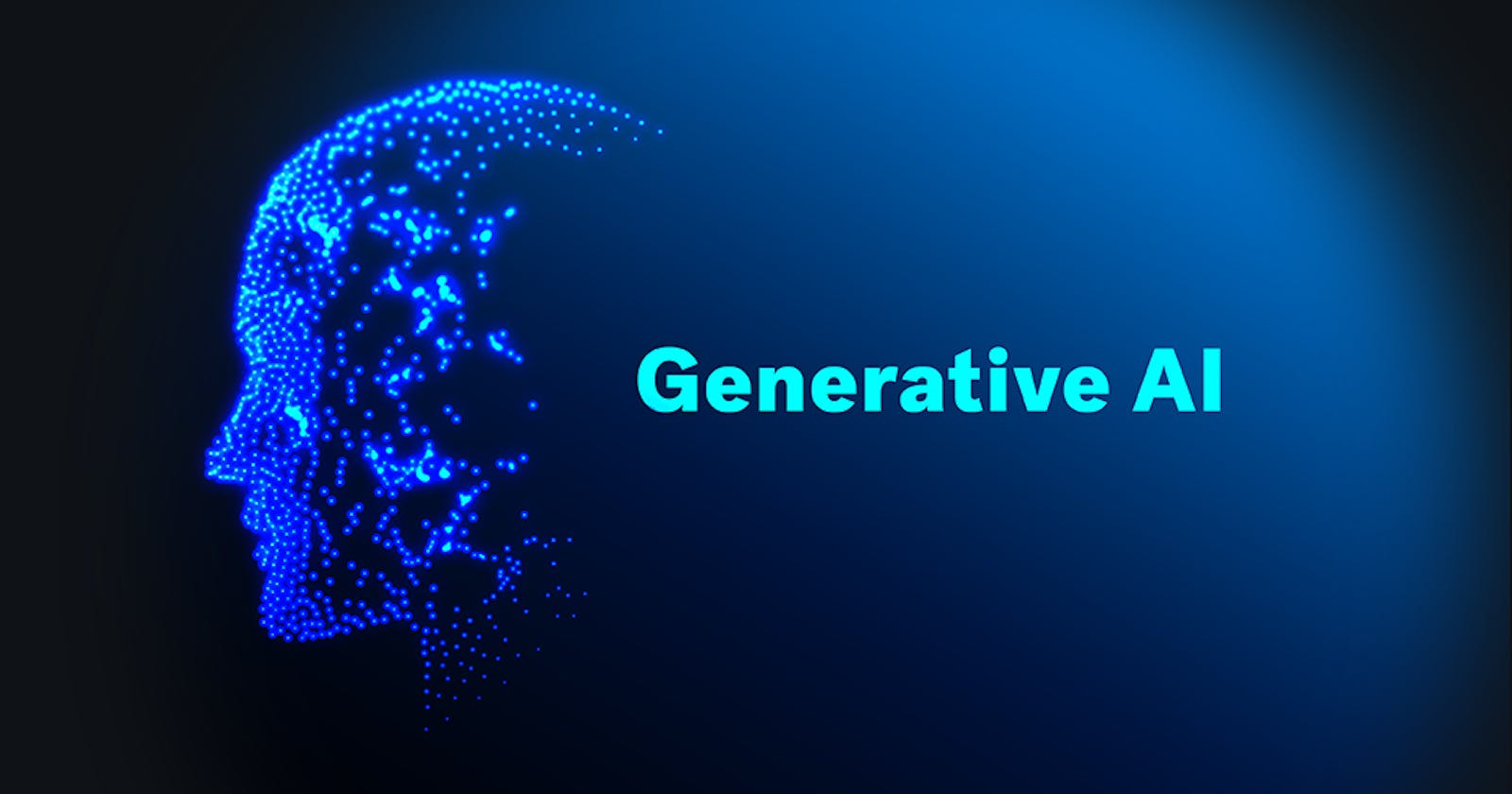Revolutionizing Customer Service: Building a Generative AI Chatbot with Python, FastAPI, and React
Introduction:
In the ever-evolving landscape of customer service, harnessing the power of generative AI has become a game-changer. In this technical blog post, we will explore the process of creating an intelligent customer service chatbot using Python, integrating it with a FastAPI backend for seamless communication, and finally calling it in a React project to deliver a responsive and interactive user experience.
Step 1: Generative AI Model Setup in Python
Choose the Generative Model:
Opt for a robust generative AI model; for this example, we'll use OpenAI's GPT-3. Obtain API access from OpenAI.
Install Required Libraries:
pip install openai
Interact with the Generative Model:
Create a Python script to interact with the OpenAI API. Define a function to generate responses based on user input.
import openai
openai.api_key = 'YOUR_API_KEY'
def generate_response(prompt):
response = openai.Completion.create(
engine="text-davinci-003",
prompt=prompt,
max_tokens=150
)
return response.choices[0].text.strip()
Step 2: FastAPI Backend Setup
Install FastAPI and Uvicorn:
pip install fastapi uvicorn python-dotenv
Create FastAPI App:
Create a FastAPI app in a file named main.py. Implement an endpoint to handle chatbot interactions.
from fastapi import FastAPI, HTTPException
from fastapi.middleware.cors import CORSMiddleware
from pydantic import BaseModel
app = FastAPI()
origins = ["http://localhost:3000"] # Update with your React app's URL
app.add_middleware(
CORSMiddleware,
allow_origins=origins,
allow_credentials=True,
allow_methods=["*"],
allow_headers=["*"],
)
class Message(BaseModel):
user_input: str
@app.post("/get_response", response_model=str)
async def get_response(message: Message):
user_input = message.user_input
prompt = f"You: {user_input}\nChatbot:"
response = generate_response(prompt)
return response
Step 3: React Frontend Integration
Create a React Project:
Set up a new React project using Create React App or your preferred method.
npx create-react-app customer-service-chatbot
cd customer-service-chatbot
Update React Component:
Modify the default App.js to communicate with the FastAPI backend. Use the axios library for HTTP requests.
import React, { useState } from 'react';
import ChatWidget from 'react-chat-widget';
import 'react-chat-widget/lib/styles.css';
import axios from 'axios';
const App = () => {
const [messages, setMessages] = useState([]);
const handleNewUserMessage = async (newMessage) => {
try {
const response = await axios.post('http://localhost:8000/get_response', {
user_input: newMessage,
});
const chatbotResponse = response.data;
setMessages([...messages, { author: 'Chatbot', message: chatbotResponse }]);
} catch (error) {
console.error('Error fetching response:', error.message);
}
};
return (
<div className="App">
<ChatWidget
title="Customer Service Chatbot"
subtitle="How can we assist you today?"
handleNewUserMessage={handleNewUserMessage}
senderPlaceHolder="Type your message..."
/>
</div>
);
};
export default App;
Conclusion:
Congratulations! You've successfully orchestrated the integration of a generative AI chatbot into a React project through a FastAPI backend. This powerful combination of technologies not only enhances user interactions but also showcases the potential of artificial intelligence in transforming customer service. As you continue to refine and expand your application, consider adding features such as user authentication, chat history, and further optimizations to provide an even more immersive experience for your users.
